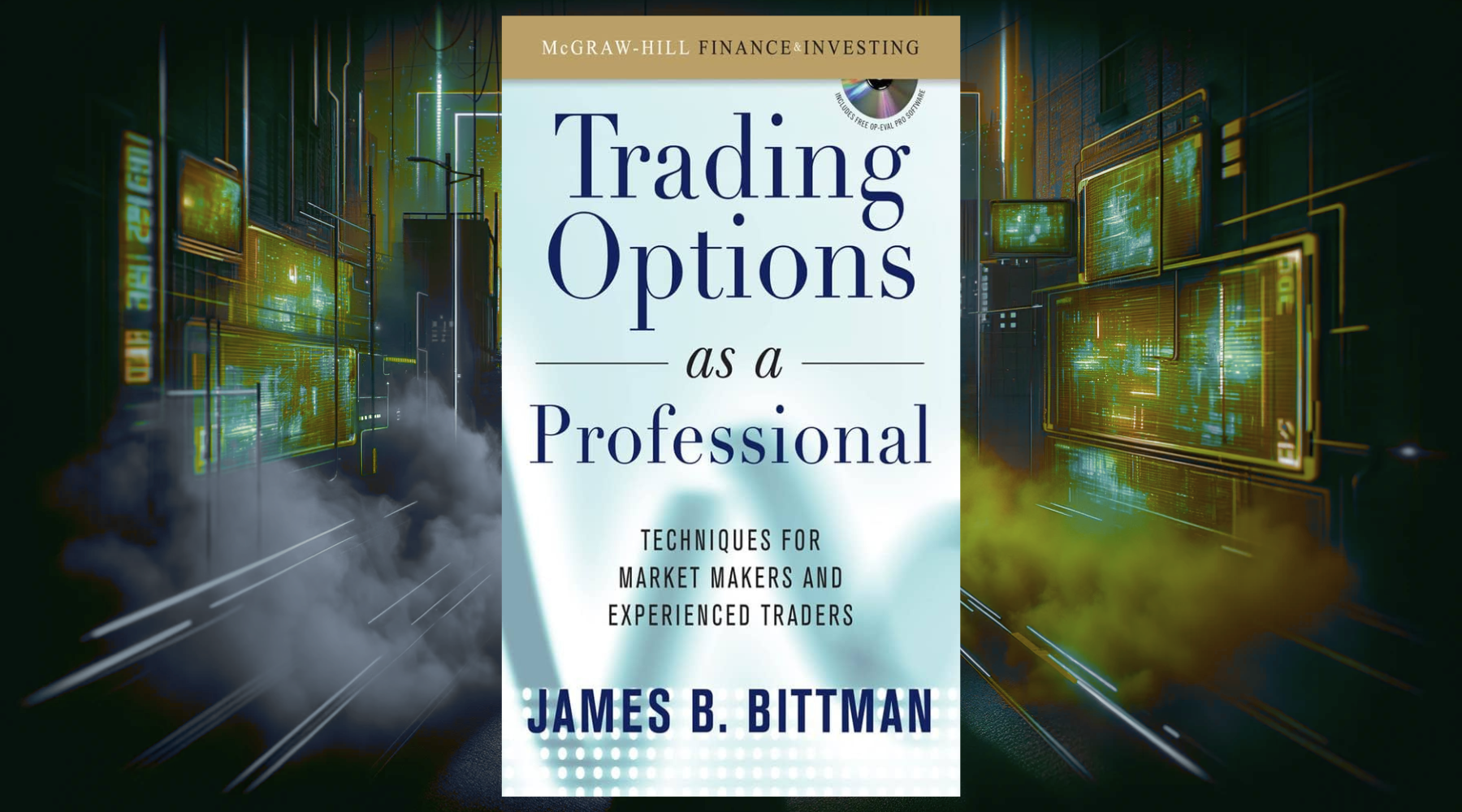SPAC (Special Purpose Acquisition Company)
Formation: A SPAC is essentially a "blank check" company formed specifically to raise capital through an initial public offering (IPO) with the intent to acquire an existing private company.
Purpose: It has no commercial operations and its sole purpose is to find a target company to merge with, thereby taking the target public.
Process: Investors buy shares in the SPAC during its IPO, and these funds are placed in a trust until an acquisition target is identified.
Timeline: Typically, a SPAC has two years to identify and merge with a target company. If it fails, it must return the funds to investors.
De-SPAC (De-SPAC Process)
Definition: De-SPAC refers to the process of a SPAC merging with a target company, thereby converting it into a public entity.
Stages: It involves due diligence, negotiation, and regulatory approvals. The merger is essentially the "business combination" that allows the target company to become publicly traded without going through the traditional IPO process.
Outcome: Once the merger is completed, the target company assumes the SPAC's place on the stock exchange and becomes a publicly traded entity.
Post-Merger: After the De-SPAC transaction, the combined company usually trades under a new ticker symbol.
In summary, a SPAC is the initial blank check company created to find and acquire a target, while the De-SPAC process is the actual merger that takes the private target company public.
Example: Truth Social (DWAC and Trump Media & Technology Group)
Step 1: The SPAC (DWAC)
Formation: Digital World Acquisition Corp. (DWAC) was set up to find and merge with a private company. It raised funds from investors who trusted DWAC to find a good target.
Target: DWAC announced that it would merge with Trump Media & Technology Group (TMTG), the company behind Truth Social, a social media platform.
Step 2: The De-SPAC Process (DJT)
Merger: In 2021, DWAC proposed merging with Trump Media & Technology Group. This merger would take TMTG public and allow it to trade on the stock market.
Outcome: After the merger, Trump Media & Technology Group started trading on the stock market under the ticker symbol DJT. Shares related to the company began trading, allowing investors to buy and sell them.
Example: DraftKings
SPAC: Diamond Eagle Acquisition Corp. (DEAC)
Formation: Diamond Eagle Acquisition Corp. was a SPAC led by experienced executives with a background in media and sports. It raised funds through an IPO with the intent to find a merger target in the digital media and entertainment sector.
Target: In 2019, DEAC identified and announced its intention to merge with DraftKings, a leading provider of daily fantasy sports and sports betting platforms, and SBTech, a sports betting technology company.
De-SPAC: DraftKings Inc. (DKNG)
Merger Process: The merger was completed in April 2020, transitioning DraftKings from a private to a publicly traded company through the De-SPAC process. The newly formed entity combined DraftKings’ platform with SBTech’s technology.
Outcome: Post-merger, DraftKings began trading on NASDAQ under the ticker symbol DKNG. The De-SPAC process allowed DraftKings to go public quickly and capitalize on the growing interest in sports betting.
Impact: DraftKings became one of the most talked-about stocks among day traders due to its strong market presence, volatility, and the increasing legalization of sports betting in the U.S. The stock experienced significant price movements, making it an attractive candidate for day trading.







